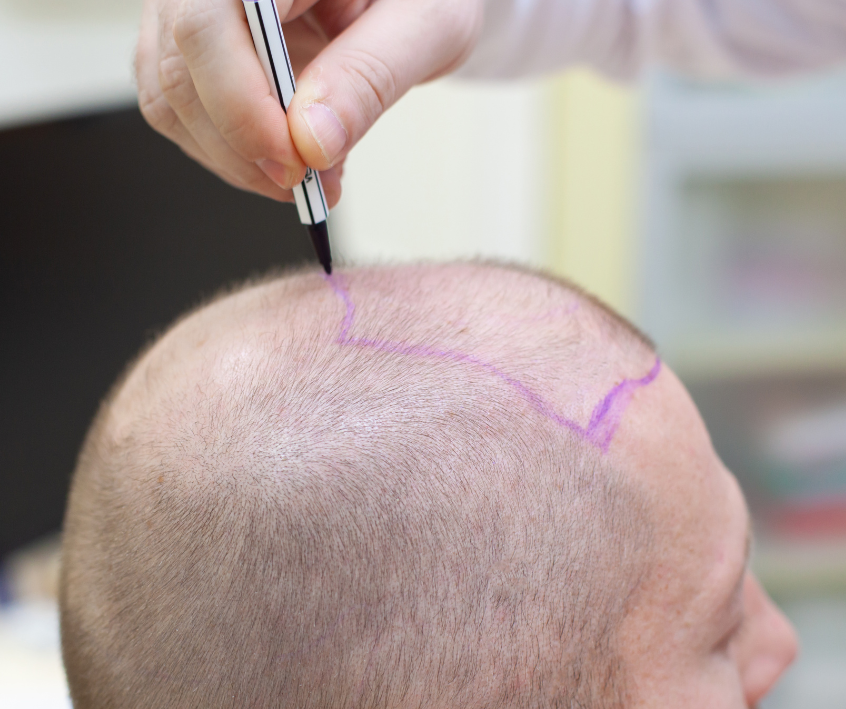
Hair transplantation is a surgical procedure used to restore the hair that has been lost due to balding, or to fill in areas of the scalp that have been damaged or thinned. While the attention for hair transplants has increased within the last few years, the procedure has been around for decades. The technique involves taking area-specific hair follicles from donor areas of the scalp (usually in the back or sides) and transplanting them into areas of baldness or thinning. Hair transplantation can be a highly successful way to restore hair and create a more vibrant, natural appearance.
Benefits of Hair Transplantation
Hair transplantation can produce aesthetically pleasing results. The newly transplanted hair will blend in with your natural existing hair, providing the appearance of a fuller, thicker head of hair. For individuals dealing with hair loss, hair transplants will often restore their positive self-image and confidence. The results of the surgery last for many years and the transplanted hair will usually not require any specific maintenance. It is also possible to adjust the direction of the hair implantation to give a desirable look. With a combination of services such as hair transplantation, hair density and hairline optimisation, overall hairlines can be improved.
Maximizing the Benefits of Hair Transplantation
When it comes to successful hair transplants, the experience of the medical team and the choice of the proper technique matters. Patients should discuss the options available to them with the doctor or hair restoration specialist before undergoing a procedure. Choosing the correct technique will help ensure the most natural and aesthetically pleasing results. It is also commonly recommended to opt for an FUE (follicular unit extraction) process over an FUT (follicular unit transplantation) procedure and to research the potential doctor or specialist thoroughly.
Before and after the procedure, it is important to follow the recommended pre and post-operative care guidelines given by your hair doctor or specialist. Any recommendations should be discussed and reviewed before the procedure, and any recommended medications taken as prescribed by the doctor. Along the same lines, after the implantation has been completed, it is important to follow the post-transplant guidelines such as refraining from washing the scalp for three days, controlling the hair follicles from unexpected elements such as sun or other environmental conditions, and regularly taking any prescribed medications as indicated.
Overall, for individuals dealing with hair loss or thinning, hair transplantation can be a highly successful and satisfying way to restore hair and improve their appearance and confidence. With proper pre and post-procedure care, the results can be improved and the patient’s satisfied with the outcome.